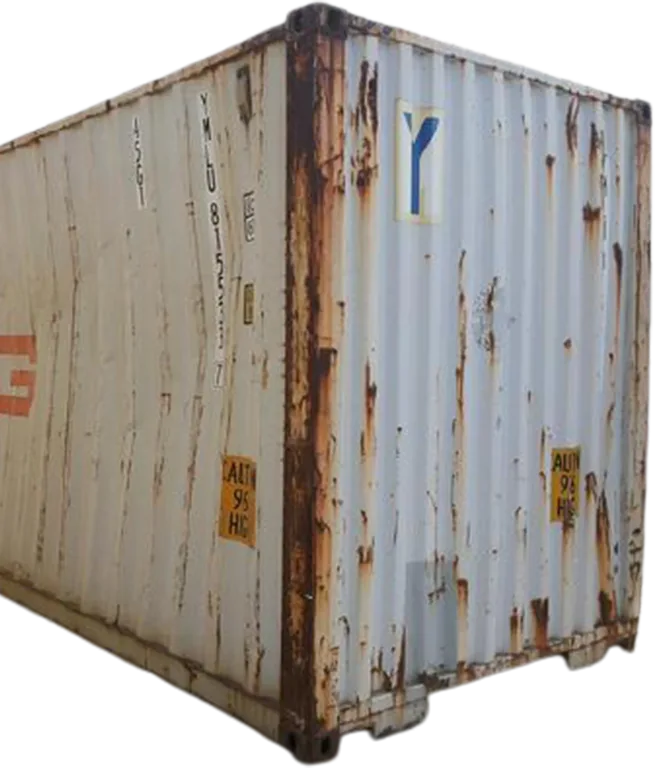Shipping Container Condition, Grades & Selection Guide
When purchasing a shipping container, understanding the different conditions and grades is essential to ensure you make the right choice for your needs. The condition of the container determines its appearance, structural integrity, and price, while the grade provides further insight into its overall quality.
Shipping Container Conditions
Used Containers
Used general purpose containers are the most commonly purchased type and have typically served in international shipping for 5 to 15 years before being retired from active cargo use.
These containers often retain their original paint and shipping line logos. Due to their long service life, visible signs of use such as rust, dents, and scratches are to be expected.
While they may not have a polished appearance inside or out, many used containers remain structurally solid depending on their grade. They can still serve a variety of purposes, including secure storage, modified container projects, or even limited cargo transport.
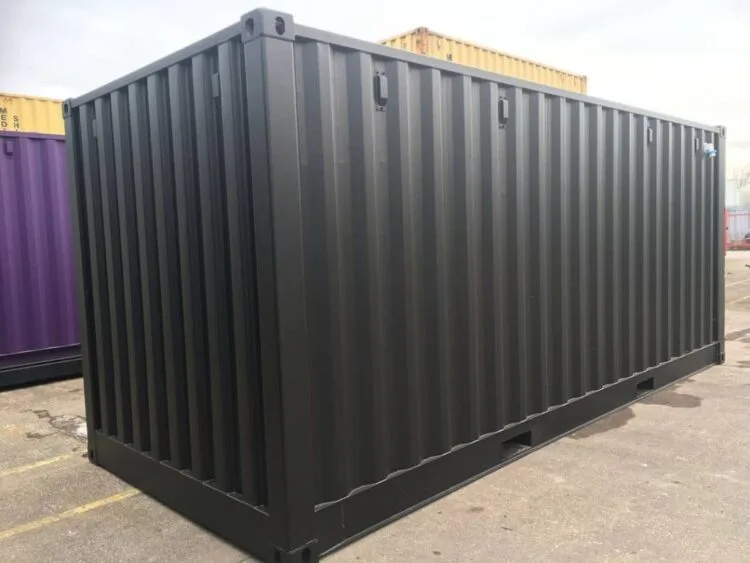
New One Trip Containers
New One Trip containers are considered “like new” but may show minor signs of handling such as small dents, scuffs, or scratches. These marks are typically the result of the container’s single journey across the ocean.
Manufactured in Asia, these containers are shipped to our global depots. To make shipping more cost-effective and offer competitive pricing to our customers, each container is used once to carry cargo during its initial transport. This strategy helps offset repositioning expenses and allows us to deliver high-quality containers at better value.
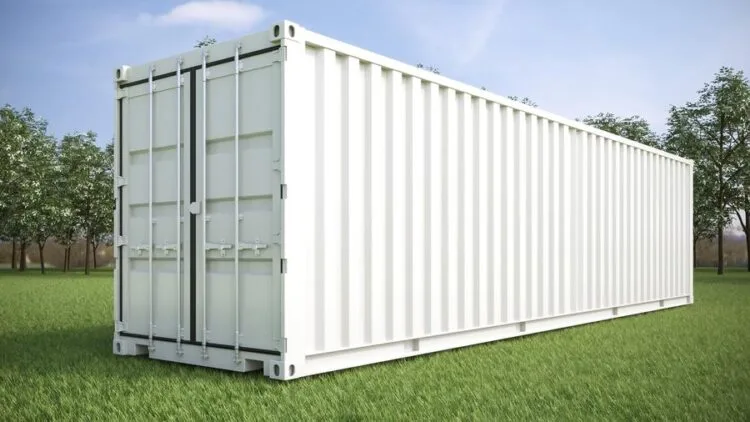
Refurbished Containers
Refurbished containers are used Wind and Water Tight (WWT) units that have been restored through cleaning, priming, and repainting. This process enhances both the appearance and durability of the container, extending its functional life.
We offer three levels of refurbishment for WWT containers:
Standard Refurbishment – The exterior is cleaned, prepped (including wire brushing to remove loose rust), spot-primed, and fully repainted, including the roof. In this process, locking rods, gaskets, and old decals are typically painted over for a uniform finish.
Full Refurbishment – Includes everything in the Standard Refurbishment, with the added benefit of interior painting to improve aesthetics and surface protection inside the container.
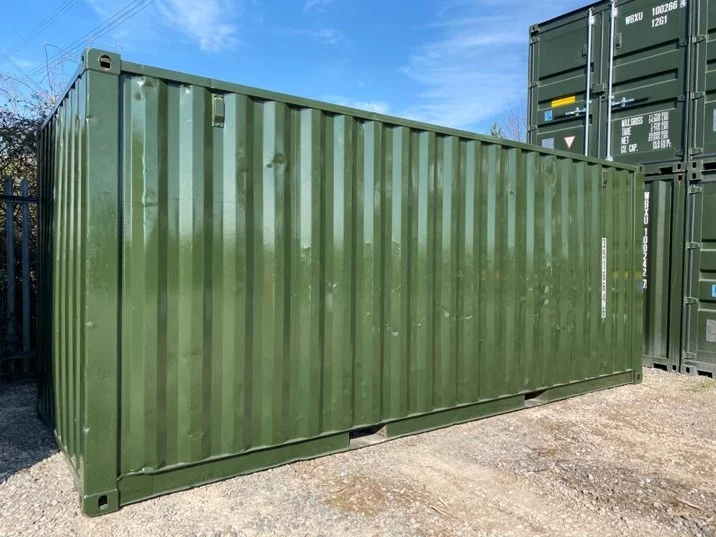
Each used container is carefully inspected and graded based on factors such as structural integrity, age, cosmetic condition, travel history, exposure to weather, and previous repairs. These grades help determine the container’s suitability for different applications, whether for storage, modification, or limited transport use.
Shipping Container Grades
Containers are further graded based on their condition, functionality, and suitability for various uses.
Wind and Water Tight (WWT)
Wind and Water Tight containers are our most in-demand grade, offering reliable protection against leaks despite their years of service.
These are used containers that remain structurally sound and sealed against the elements. While they won’t let in wind or water, it’s common for them to show visible signs of wear from previous use—including original paint, rust patches, dents, and surface abrasions. Aesthetically, they may not look appealing, but they continue to perform well for storage and similar purposes.
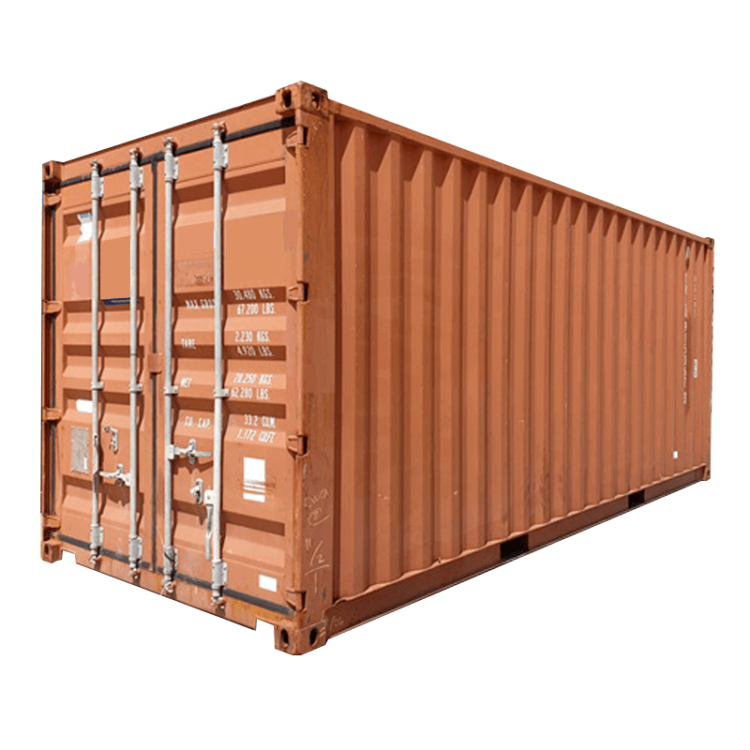
Cargo Worthy (CW)
Cargo Worthy containers are inspected and certified as structurally sound, making them suitable for safe international transport by sea, rail, or road.
These containers typically retain their original paint, which may vary in color, and show signs of prior use such as old shipping markings, surface rust, abrasions, and dents. If you’re planning to use the container for export purposes, it must pass a container survey and display a valid CSC inspection sticker.
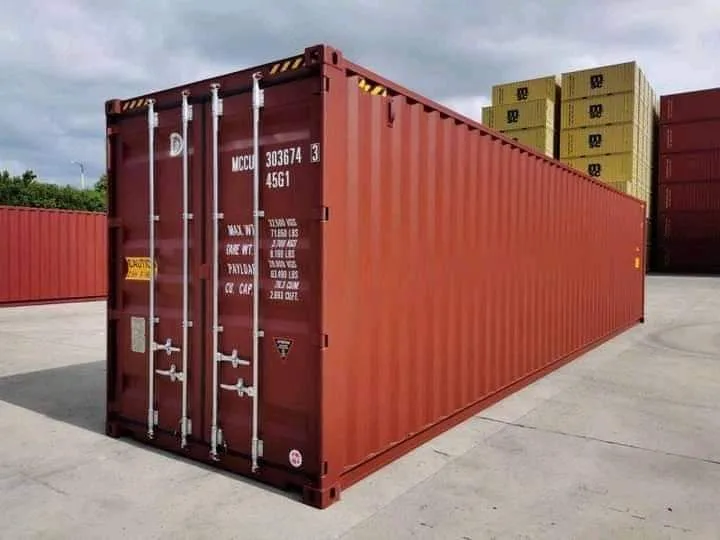
IICL (IICL-6)
IICL containers meet the rigorous inspection standards established by the Institute of International Container Lessors (IICL) and are certified as suitable for export.
These containers are in excellent condition, which is reflected in their higher book value. Compared to WWT containers, IICL containers have a much better external appearance, making them an ideal choice for those seeking a higher-quality option for international shipping.
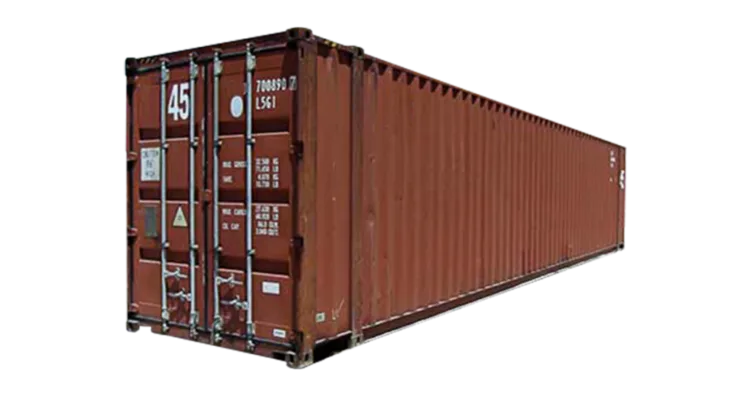
As Is
An “As Is” container has been inspected and found to have significant damage, making it too costly to repair to a Wind and Water Tight (WWT) standard.
These containers typically have both external and internal issues, such as holes, broken flooring, and other structural damage. We generally do not recommend purchasing an As Is container unless it’s for a use case where structural integrity and external appearance are not critical.
